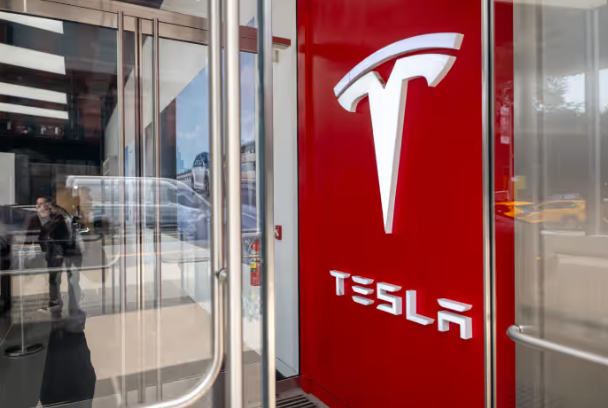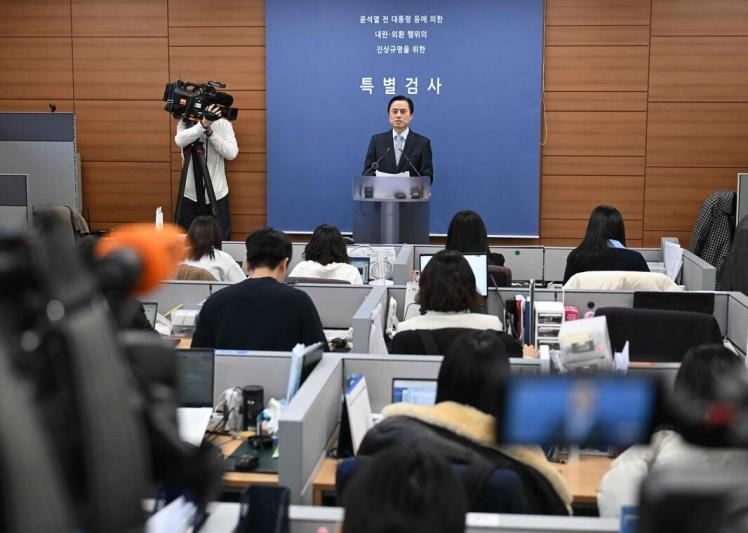
Tesla has recently faced the dual pressure of weak delivery and stock price fluctuations. In the first quarter of 2025, the delivery volume declined year-on-year, and the second quarter expectations were still under pressure. The stock price fluctuations reflect the market's concerns about its growth prospects. However, the market's expectations for its upcoming driverless taxis (Robotaxi) continue to heat up. Analysts believe that this product is expected to become a key turning point for Tesla to reverse its decline, and may even temporarily cover up the shadow of the current delivery difficulties.
The challenges faced by Tesla in recent years cannot be ignored. In the Chinese market, domestic car companies such as BYD have quickly seized market share with their cost-effective advantages. The price threshold of Model 3 is far higher than that of its peers. The stranding of the entry-level model Model 2 further exposes its passivity in the price war. The US market also showed weak demand. Coupled with factors such as insufficient consumer acceptance of electric vehicles and strict government supervision, Tesla's traditional business growth has reached a bottleneck. Financial report data shows that the sales target for 2024 is under pressure, and the company even downplays the mention of the long-term sales target of 20 million vehicles, reflecting the urgency of transformation.
However, Musk's bet on Robotaxi is becoming the core narrative of Tesla's breakthrough. In October 2024, the debut of Cybercab caused a stir in the industry: the minimalist design without a steering wheel, the cost target of less than $30,000, and the aggressive timetable for mass production in 2027 all sent subversive signals. Although the details of the press conference are questionable and the safety controversy has not been resolved, Musk's claim of a "trillion-dollar opportunity" has ignited the market's imagination. Goldman Sachs predicts that it will be commercialized in 2026 and its revenue will reach $115 million in 2027, which has made capital re-examine Tesla's valuation logic.
Behind Tesla's Robotaxi ambition is the Sino-US race on the global driverless track. The US policy environment was the first to loosen up, and California has allowed full driverless commercial operations. Waymo, Cruise and other companies have the world's leading test mileage. Although China has achieved initial results in landing applications (such as the large-scale testing of Carrot Run), policy conservatism and challenges in human-machine relationships remain. If Musk promotes the popularization of FSD technology in China's 1.8 million Tesla cars, it may cause a dramatic change in the market structure. The tug-of-war between the US and China in terms of technology gap is becoming a key variable in the success or failure of Robotaxi.
Although Tesla's Robotaxi narrative is attractive, the road to commercialization is thorny. On the technical level, the safety and algorithm reliability of autonomous driving still need to be broken through; on the cost side, the balance between vehicle manufacturing and infrastructure investment is not yet clear; on the operational side, the profit model relies on the assumption of ultra-high utilization of each vehicle, and the dispatching efficiency and regulatory adaptability in actual scenarios are yet to be verified. In addition, the construction of social trust in driverless driving is not overnight, and the memory of early accidents may continue to restrict market acceptance.
At present, Tesla is in the dual narrative of "weak delivery" and "technical heat". In the short term, Robotaxi will find it difficult to fill the gap in sales decline, but in the long term, its potential market disruption is enough to reshape the company's valuation logic. If Tesla can advance the trial operation of Robotaxi as scheduled in 2026 and find a breakthrough by taking advantage of the policy differences between China and the United States, it may reverse investors' pessimistic expectations for its growth. However, the outcome of this technological gamble ultimately depends on whether Musk can deliver on his promise of a "safer, more efficient and cheaper" travel revolution.

YTN TV of South Korea reported on Tuesday (December 16) that the South Korean court plans to make a ruling on the charges of former President Yoon Suk Yeol for obstructing justice on January 16, 2026.
YTN TV of South Korea reported on Tuesday (December 16) tha…
On December 7, a new round of intense military conflict bro…
Recently, US media disclosed that the Pentagon is planning …
From three launch failures and a brush with bankruptcy to n…
Recently, a major piece of news has emerged in the US polit…
Against the backdrop of the Federal Reserve's third rate cu…